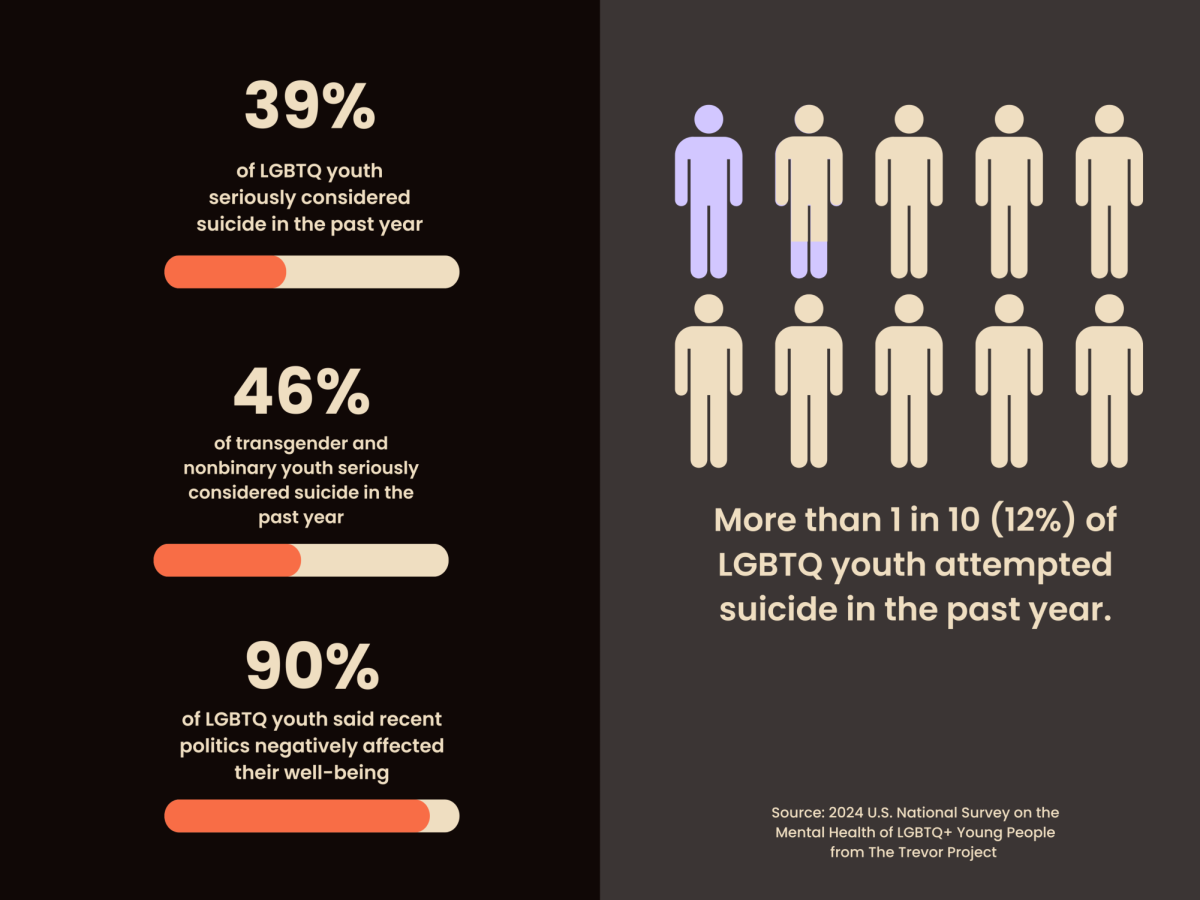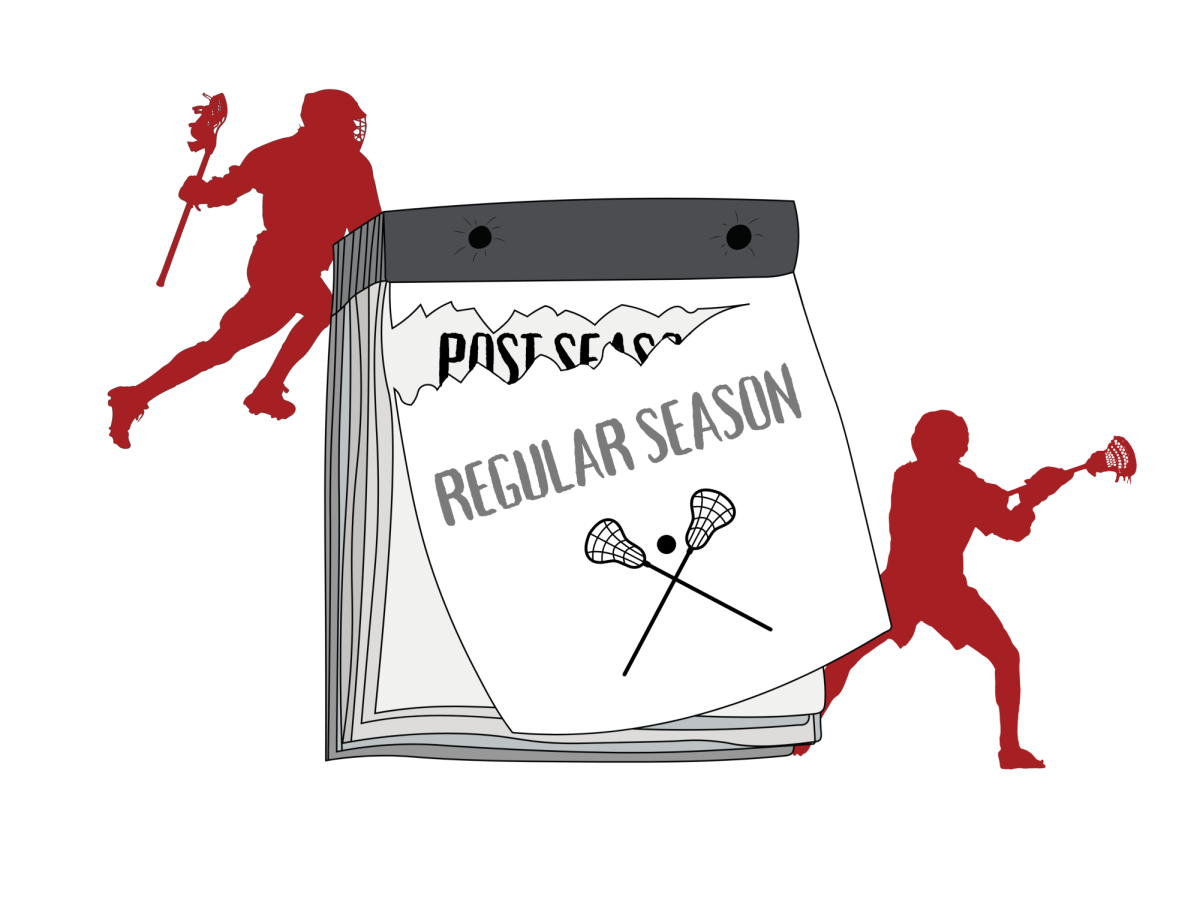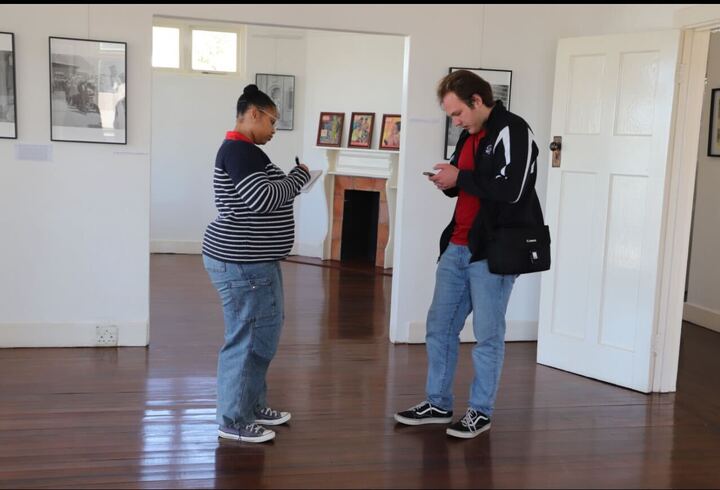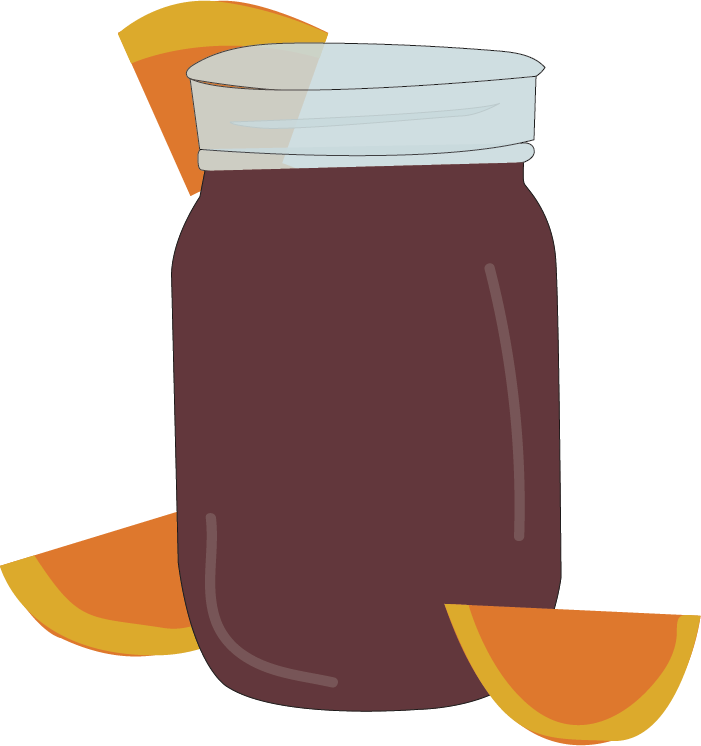Ways to make one’s favorite fruity wine
I prefer my wine the same way I like my juice: sweet and fruity. My drink of choice when I go out to restaurants is sangria, as it comes with a variety of fruits and sometimes a splash of liquor.
The sangria I order in American restaurants is not authentic, however. The European Parliament granted Spain a copyright on the drink in 2014, according to Almudena Lutz, Ph.D., adjunct faculty member in the Spanish department and a native of Madrid, Spain. That means, any sangria-ish drink outside of Spain and Portugal cannot be labeled sangria.
Within these countries, the contents of the drink vary by geographic location and personal taste as well.
Cesar Caballero, visiting professor in Spanish and a native of Valladolid, Spain, said he enjoys sangria with wine, sweet liquor and pieces of fruit (pulp preferred). Lutz likes hers with wine, Sprite, fruit and sugar.
“There is no way to make sangria traditionally, maybe with Spanish fruits like orange, peach, lemon, but there is no one way,” said Enrique Téllez-Espiga, Ph.D., assistant professor of Spanish and a native of Bugos, Spain.
Even the origins of sangria vary. Téllez-Espiga said that sangria is rumored to have originated with shepherds trying to repurpose spoiled wine. Another story has Spaniards attempting to make cheap wine sweeter. Regardless of the story, the main idea behind the drink remains the same—to make bad wine taste better.
Today young Spaniards often go for cheaper alternatives like calimocho and tinto de barado, Téllez-Espiga said. These drinks are known as sangria hacks.
“A hack reduces the number of ingredients and makes it easier, using things you can easily have on hand,” said Tenaya Darlington, associate professor of English and author of “The New Cocktail Hour.” “It’s a great first step to learn a little bit about wine and mixology. You learn a little something about your own palate.”
Darlington invented her own sangria hack she calls an “Unfussy Sangria,” made of red wine, Mexican Coca-Cola and lemon, similar to the calimocho drink that Téllez-Espiga described.
Armed with an $8.99 bottle of tempranillo, the wine Caballero suggested I use, and two bottles of soda, I decided to make my own hacks.
First, the calimocho: four ounces of Coca-Cola mixed with four ounces of wine.
The tempranillo lost some of the jammy taste when mixed with the Coca-Cola, but it still retained its smoothness. I could distinctly taste the Coca-Cola as an aftertaste, which made the drink sweeter as a whole.
Next, I measured out four ounces of tempranillo and four ounces of Sprite for the tinto de barado. After cleansing my palate, I took a sip of the deep red mixture to taste an even lighter drink than the calimocho. The Sprite diluted the jammy taste again, but this time, the soda mixed better with the wine, not leaving a distinctive aftertaste.
I may not be able to enjoy authentic sangria in the United States, but a sangria hack is the next best thing—and perfect for my budget.





































